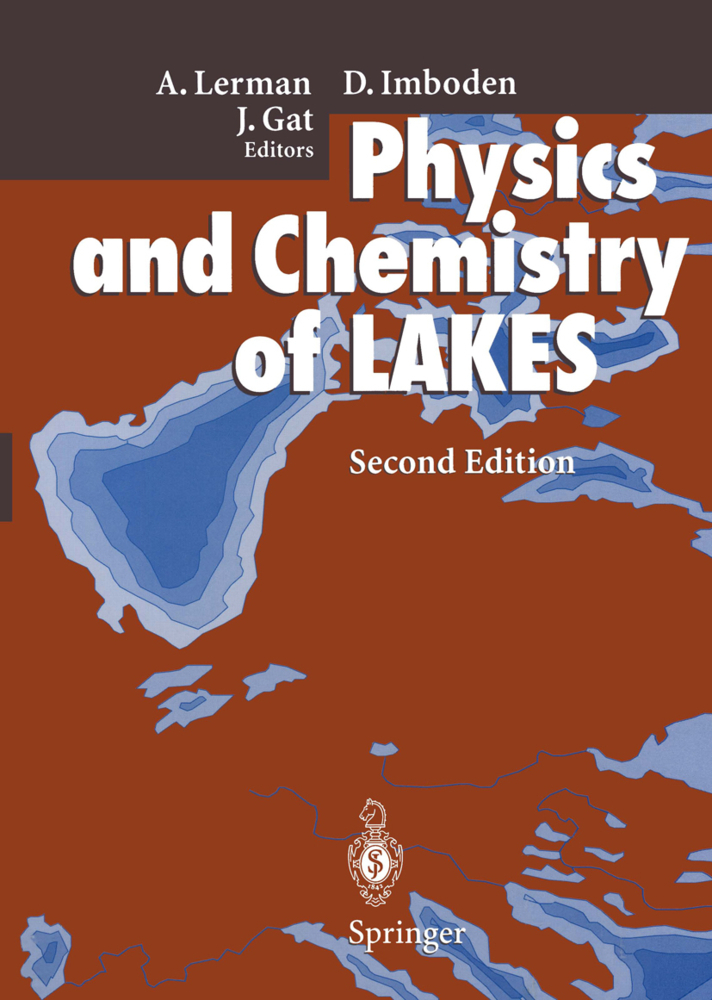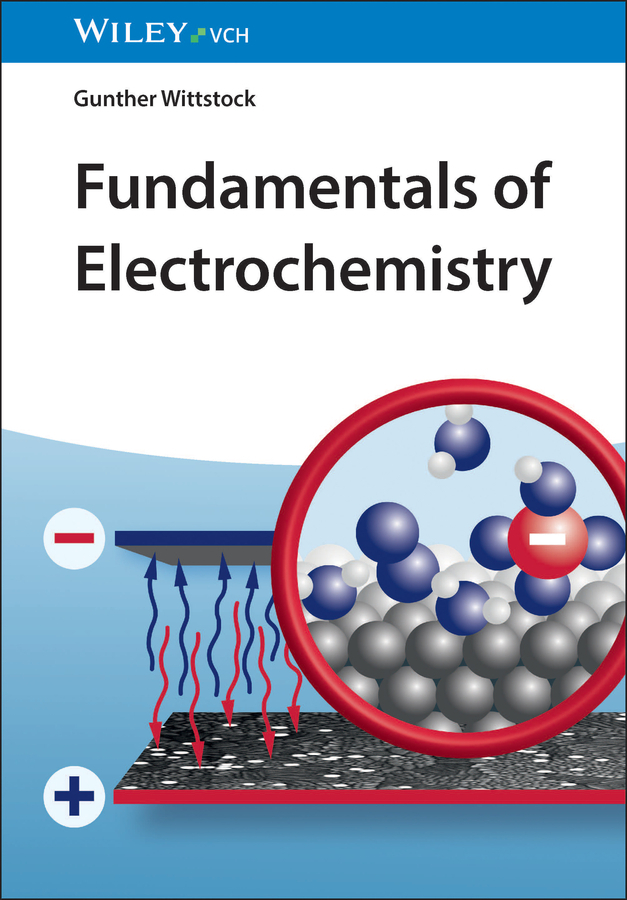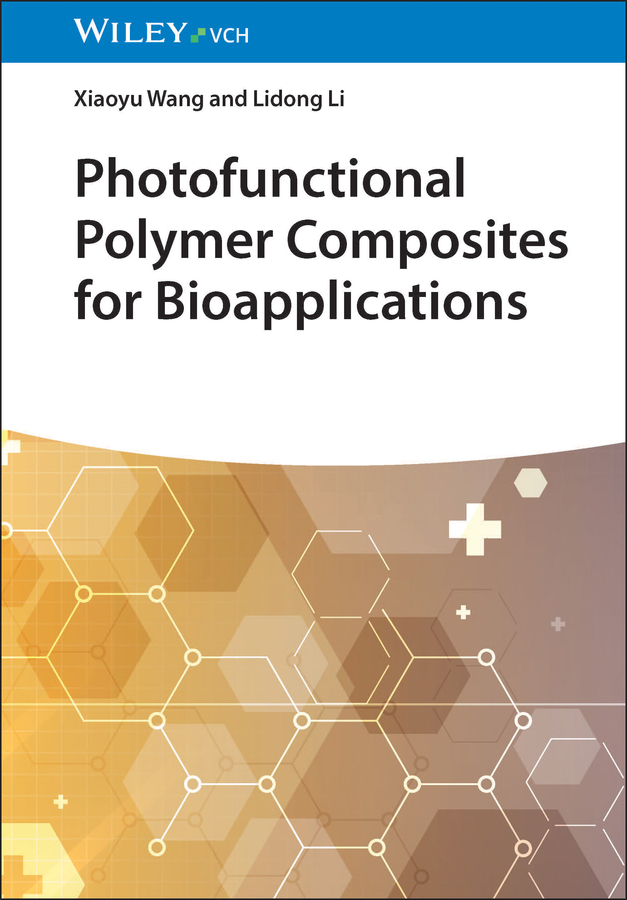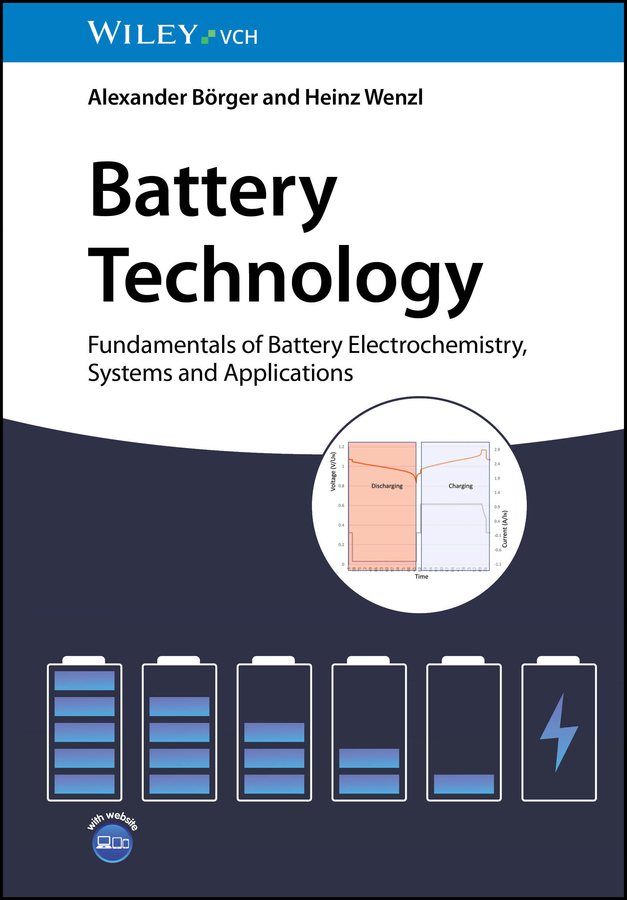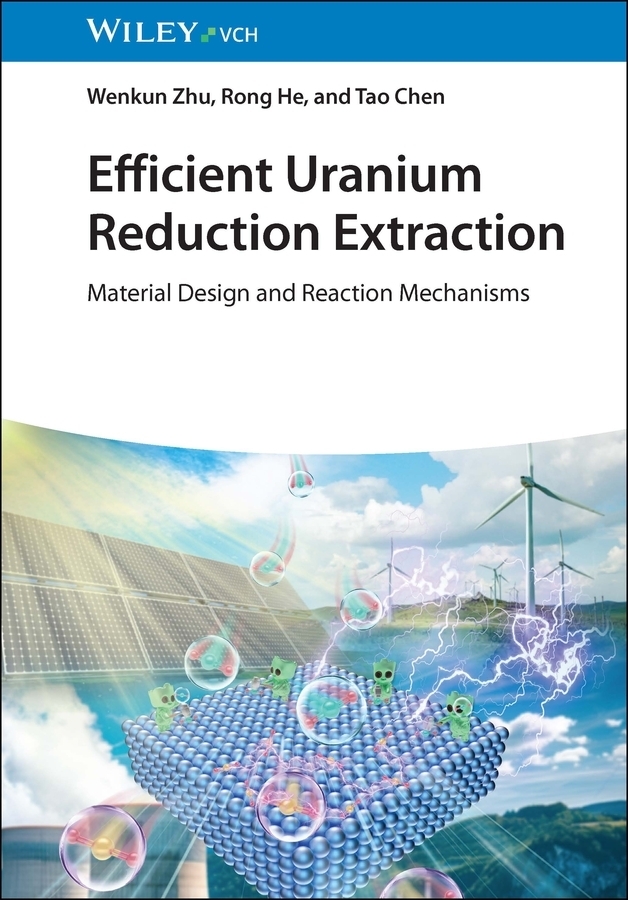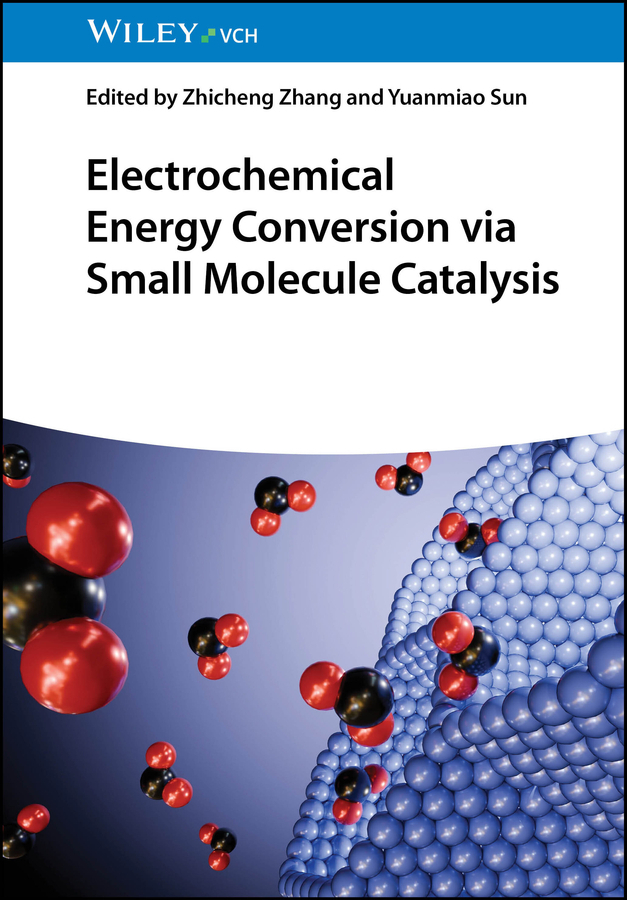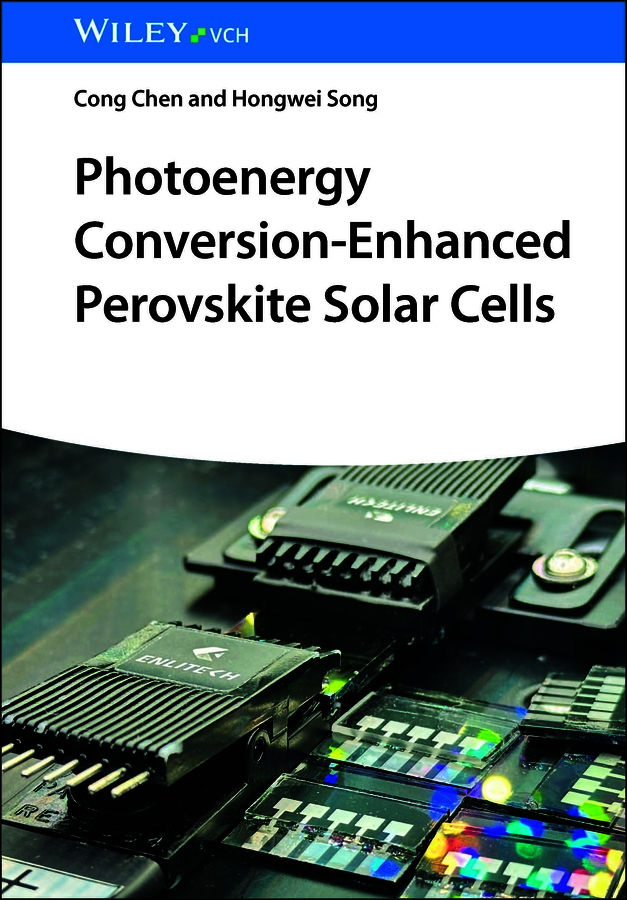Physics and Chemistry of Lakes
Physics and Chemistry of Lakes
A lake, as a body of water, is in continuous interaction with the rocks and soils in its drainage basin, the atmosphere, and surface and groundwaters. Human industrial and agricultural activities introduce new inputs and processes into lake systems. This volume is a selection of ten contributions dealing with diverse aspects of lake systems, including such subjects as the geological controls of lake basins and their histories, mixing and circulation patterns in lakes, gaseous exchange between the water and atmosphere, and human input to lakes through atmospheric precipitation and surficial runoff. This work was written with a dual goal in mind: to serve as a textbook and to provide professionals with in-depth expositions and discussions of the more important aspects of lake systems. A Lake, as a body of water, is in continuous interaction with the rocks and soils in its drainage basin, the atmosphere, and surface and groundwaters. Human industrial and agricultural activities introduce new inputs and processes into lake systems. This volume is a selection of ten contributions dealing with diverse aspects of lake systems, including such subjects as the geological controls of lake basins and their histories, mixing and circulation patterns in lakes, gaseous exchange between the water and atmosphere, and human input to lakes through atmospheric precipitation and surficial runoff. This work was written with a dual goal in mind: to serve as a textbook and to provide professionals with in-depth expositions and discussions of the more important aspects of lake systems.
2 Background Material and Approaches to Global Lake Census
3 General Laws of Lake Distribution
4, Distribution of Lakes of Tectonic Origin
5 Lakes of Glacial Origin
6 Fluvial Lakes
7 Global Distribution of Crater Lakes
8 Global Distribution of Saline Lakes
9 Global Lake Distribution
10 Major Changes in Global Lake Distribution in the Geological Past
11 Discussion and Conclusions
References
2 Hydrological Processes and the Water Budget of Lakes
1 Introduction
2 Hydrological System with Regard to Lakes
3 Summary
References
3 Hydrological and Thermal Response of Lakes to Climate: Description and Modeling
1 Introduction
2 Hydrological Response
3 The Hydrological Budget
4 Hydrological Models
5 Thermal Response
6 Use of Models to Link Lakes with Climate Change
7 Input Data Sets
8 Sample Applications
9 Summary
References
4 Mixing Mechanisms in Lakes
1 Transport and Mixing
2 Lakes as Physical Systems
3 Fluid Dynamics: Mathematical Description of Advection and Diffusion
4 Density and Stability of Water Column
5 Energy Fluxes: Driving Forces Behind Transport and Mixing
6 Mixing Processes in Lakes
7 Mixing and Its Ecological Relevance
References
5 Stable Isotopes of Fresh and Saline Lakes
1 Introduction
2 Small-Area Lakes
3 Interactive and Feedback Systems
4 Saline Lakes
5 Isotopic Paleolimnology
6 Conclusions: From Lakes to Oceans
References
6 Exchange of Chemicals Between the Atmosphere and Lakes
1 Introduction
2 Air-Water Partitioning Equilibria
3 Diffusion Between Water and Air
4 Volatilization and Absorption: Double-Resistance Approach
5 Factors Affecting Mass-Transfer Coefficients
6 Partitioning of Chemical to Particulate Matter in Air and Water
7 Atmospheric Deposition Processes
8 Specimen Calculation
9 Role of Air-Water Exchange in Lake Mass Balances
10 Case Studies
11 Conclusions
References
7 Atmospheric Depositions: Impact of Acids on Lakes
Abstract
1 Introduction: Anthropogenic Generation of Acidity
2 Acidity and Alkalinity: Neutralizing Capacities
3 Acidification of Aquatic and Terrestrial Ecosystems
4 Brønsted Acids and Lewis Acids: Pollution by Heavy Metals, as Influenced by Acidity
5 Impact of Acidity on Ecology in Watersheds
6 Critical Loads
7 Case Studies
8 Summary
References
8Redox-Driven Cycling of Trace Elements in Lakes
1 Introduction
2 Major Biogeochemical Cycles and Pathways
3 Iron and Manganese
4 Sediment-Water Interface
5 Pathways Involving Redox Reactions Directly: Case Studies
6 Pathways Involving Redox Reactions Indirectly: Case Studies
7 Summary and Conclusions
References
9Comparative Geochemistry of Marine Saline Lakes
1 Introduction
2 General Characteristics of Marine Saline Lakes
3 Comparative Sediment-Pore-Water Reactions
4 Conclusions
References
10 Organic Matter Accumulation Records in Lake Sediments
1 Introduction
2 Indicators of Sources and Alterations of Total Organic Matter in Lake Sediments
3 Origin and Alterations of Humic Substances
4 Sources and Alterations of Lipid Biomarkers
5 Sources and Alterations of Pigments in Lake Sediments
6 Sources and Diagenesis of Lignins and Their Derivatives
7 Diagenesis of Carbohydrates and Proteins in Lake Sediments
8 Paleolimnological Organic Geochemistry
9 Organic Geochemical Records of Ancient Lakes
10 Summary
References
Lake Index.
1 Global Distribution of Lakes
1 Introduction2 Background Material and Approaches to Global Lake Census
3 General Laws of Lake Distribution
4, Distribution of Lakes of Tectonic Origin
5 Lakes of Glacial Origin
6 Fluvial Lakes
7 Global Distribution of Crater Lakes
8 Global Distribution of Saline Lakes
9 Global Lake Distribution
10 Major Changes in Global Lake Distribution in the Geological Past
11 Discussion and Conclusions
References
2 Hydrological Processes and the Water Budget of Lakes
1 Introduction
2 Hydrological System with Regard to Lakes
3 Summary
References
3 Hydrological and Thermal Response of Lakes to Climate: Description and Modeling
1 Introduction
2 Hydrological Response
3 The Hydrological Budget
4 Hydrological Models
5 Thermal Response
6 Use of Models to Link Lakes with Climate Change
7 Input Data Sets
8 Sample Applications
9 Summary
References
4 Mixing Mechanisms in Lakes
1 Transport and Mixing
2 Lakes as Physical Systems
3 Fluid Dynamics: Mathematical Description of Advection and Diffusion
4 Density and Stability of Water Column
5 Energy Fluxes: Driving Forces Behind Transport and Mixing
6 Mixing Processes in Lakes
7 Mixing and Its Ecological Relevance
References
5 Stable Isotopes of Fresh and Saline Lakes
1 Introduction
2 Small-Area Lakes
3 Interactive and Feedback Systems
4 Saline Lakes
5 Isotopic Paleolimnology
6 Conclusions: From Lakes to Oceans
References
6 Exchange of Chemicals Between the Atmosphere and Lakes
1 Introduction
2 Air-Water Partitioning Equilibria
3 Diffusion Between Water and Air
4 Volatilization and Absorption: Double-Resistance Approach
5 Factors Affecting Mass-Transfer Coefficients
6 Partitioning of Chemical to Particulate Matter in Air and Water
7 Atmospheric Deposition Processes
8 Specimen Calculation
9 Role of Air-Water Exchange in Lake Mass Balances
10 Case Studies
11 Conclusions
References
7 Atmospheric Depositions: Impact of Acids on Lakes
Abstract
1 Introduction: Anthropogenic Generation of Acidity
2 Acidity and Alkalinity: Neutralizing Capacities
3 Acidification of Aquatic and Terrestrial Ecosystems
4 Brønsted Acids and Lewis Acids: Pollution by Heavy Metals, as Influenced by Acidity
5 Impact of Acidity on Ecology in Watersheds
6 Critical Loads
7 Case Studies
8 Summary
References
8Redox-Driven Cycling of Trace Elements in Lakes
1 Introduction
2 Major Biogeochemical Cycles and Pathways
3 Iron and Manganese
4 Sediment-Water Interface
5 Pathways Involving Redox Reactions Directly: Case Studies
6 Pathways Involving Redox Reactions Indirectly: Case Studies
7 Summary and Conclusions
References
9Comparative Geochemistry of Marine Saline Lakes
1 Introduction
2 General Characteristics of Marine Saline Lakes
3 Comparative Sediment-Pore-Water Reactions
4 Conclusions
References
10 Organic Matter Accumulation Records in Lake Sediments
1 Introduction
2 Indicators of Sources and Alterations of Total Organic Matter in Lake Sediments
3 Origin and Alterations of Humic Substances
4 Sources and Alterations of Lipid Biomarkers
5 Sources and Alterations of Pigments in Lake Sediments
6 Sources and Diagenesis of Lignins and Their Derivatives
7 Diagenesis of Carbohydrates and Proteins in Lake Sediments
8 Paleolimnological Organic Geochemistry
9 Organic Geochemical Records of Ancient Lakes
10 Summary
References
Lake Index.
Lerman, Abraham
Imboden, Dieter M.
Gat, Joel R.
Chou, L.
Davison, W.
Eisenreich, S. J.
Gat, J. R.
Hamilton-Taylor, J.
Hornbuckle, K. C.
Hostetler, S. W.
Imboden, D. M.
Ishiwatari, R.
Mackay, D.
Mackenzie, F. T.
Meybeck, M.
Meyers, P. A.
Schnoor, J.
Stumm, W.
Vink, S.
Vlahos, P.
Winter, T. C.
Wollast, R.
Wüest, A.
| ISBN | 978-3-642-85134-6 |
|---|---|
| Medientyp | Buch |
| Auflage | 2. Aufl. |
| Copyrightjahr | 2011 |
| Verlag | Springer, Berlin |
| Umfang | XVI, 334 Seiten |
| Sprache | Englisch |

